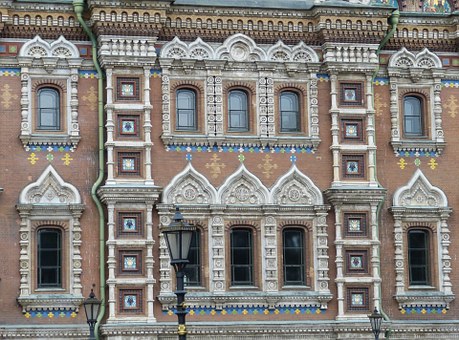Space Tourism's $200k Question: Safety

Space Tourism's $200k Question: Safety
Space Tourism's $200k Question: SafetyBy Philip A. Janquart
NewSpace Magazine
Monday, Oct. 25, 2010 In December 2009, over 800 members of the press gathered at Mojave Spaceport in California as Virgin Galactic unveiled SpaceShip Two, the company defining the spacecraft as the world's first "spaceline."
Scaled Composites, the company developing the craft for Virgin Galactic, completed its first glide test October 10. Meanwhile, Virgin is tentatively setting its first flight with paying customers for 18 months from now. Private citizens will experience a five- to six-minute suborbital flight before returning and landing, presumably safely, at Spaceport America in White Sands, New Mexico.
When it does, space tourism will no longer be a distant dream: it will be reality and the fact that companies are jockeying for position in the fledgling space tourism industry has caused something of a private space race, though not many would characterize the state of the industry quite that way.
After all, haste makes waste; or, rather, accidents.
"It's going to happen, it's just a matter of when," said engineering professor Donald Plumlee, referring to an almost unspoken rocket engineering truth: accidents are inevitable.
"I love the idea of commercial space flight, but it's a risky venture because there are a lot of opportunities for something going wrong," he said. "I think commercial spaceflight will be great at first and then there will be an accident. I hate to say that, but there probably will be. The question is: what will happen at that point?"
But many aren't aware, or have already forgotten, that an accident has occurred, at the cost of three lives. On July 26, 2007, about 18 months before Sir Richard Branson and engineer Burt Rutan unveiled SpaceShip Two, three Scaled Composites employees died during a rocket oxidizer cold-flow test.
The accident didn't seem to do much to slow the industry's progress, but what if an event comparable to the Challenger or the Columbia were to happen? Plumlee feels he sees the writing on the wall.
Clay Morgan is a writing professor at Boise State University. He did research for Excalibur Almaz, working on their marketing plan, and he knows the story of space tourism is just beginning.
"I think the first tourists, their training will be so intense and inclusive that they and their families will be aware of the risk," said Morgan, who is the author of "Shuttle-Mir: The United States and Russia Share History's Highest Stage."
"I know at Excalibur Almaz, we were talking about that (accidents) and an astronaut crew my wife (Barbara Morgan) was an astronaut accepts the risk years before they fly. But if a major accident happens, it will be a major blow to the industry for sure. But, if competition remains, the people who still want to go will be able to."
There are, however, facts that suggest the risks associated with spaceflight won't be quite as dramatic as it has been for military or government flights.
"There was a lot of hard-won knowledge in the 50's and 60's and a lot of the things they put in rockets are things they learned the hard way over the years," said Plumlee, who also worked for Lockheed Martin on structural airframes for the Atlas rocket. "The basic structure of the Atlas was derived from the Redstone rocket and was modified over the years to become an ICBM (Inter Continental Ballistic Missile) in the 60's. Then, I think, they mothballed it when the space shuttle came about. But after the Challenger blew up, they still needed a path to space, so they went back and redesigned it."
Morgan testified that proven technology is the foundation upon which most companies in the space tourism industry are building their programs.
"The shuttle is a 1960's, 1970's design," he said. "The avionics have changed, they just changed the insides. Excalibur Almaz already has Russian technology they know works."
And, companies like Scaled Composites, Boeing, Armadillo Aerospace and Xcore Aerospace are taking advantage of that hard-won knowledge, hiring veterans of space flight technology, such as Leroy Chiao, a former NASA astronaut who is now Excalibur Almaz' executive vice president and director. Chiao has an impressive resume, having served as commander of Expedition X aboard the International Space Station (ISS) among his many other assignments.
Morgan has confident in the private space industry and even alludes to a very bright future.
To read the entire story, log on to www.newspacemagazine.com
http://www.articlesbase.com/news-and-society-articles/space-tourisms-200k-question-safety-3543835.html Two Days Excursions From Marsa Alam To Petra By Flight Cheap holidays UK: Explore Fun during Cheap Holidays UK Festive calendar ICICI Lombard Travel Insurance Golden Triangle Tour with Taj Mahal Malaysia Flights To Give Value To Your Traveling Holidays To Dubai Simply The Best Traveling Handicapped – Things The Visually And Hearing Impaired Shoul Travelling From Delhi To Mumbai The Best Travel Destination In Asia Make Backpacking Fun With Work Travel Australia Travel Tips to European Countries: Belgium by:Sutikno Slamet Best Rates Selecting Plus Booking Hotels in Great London